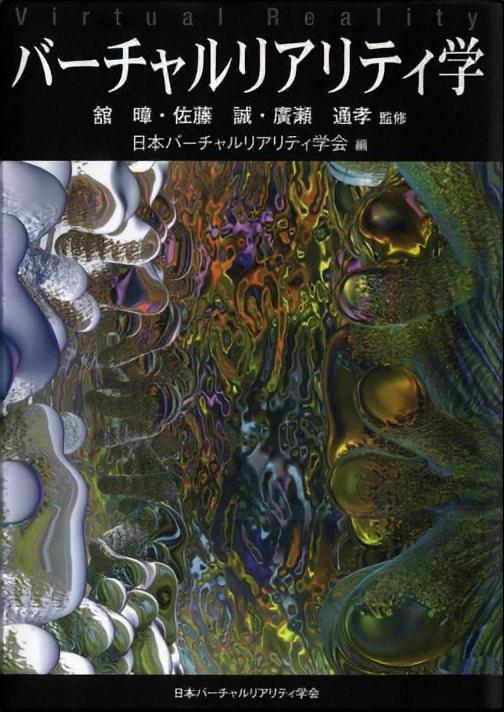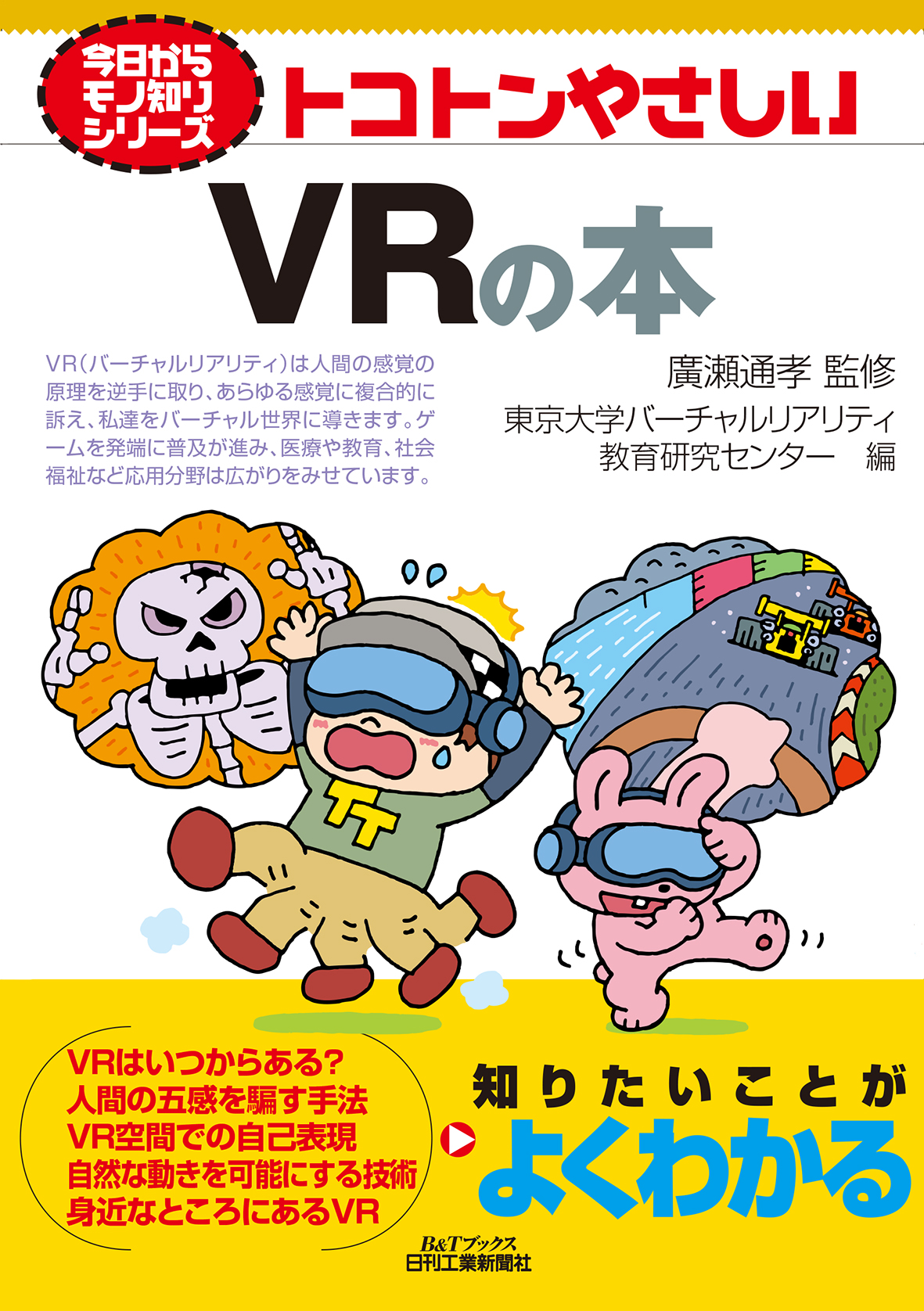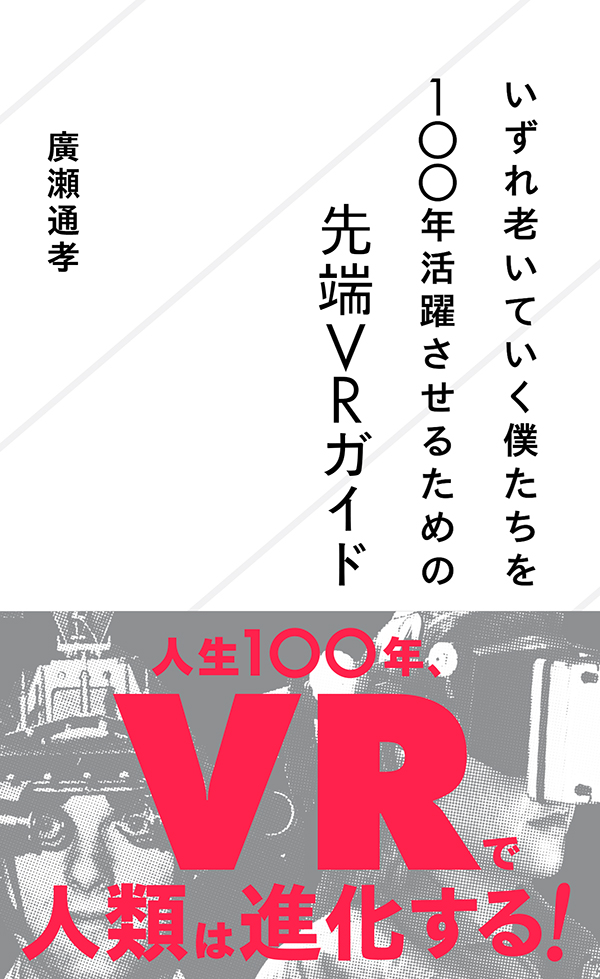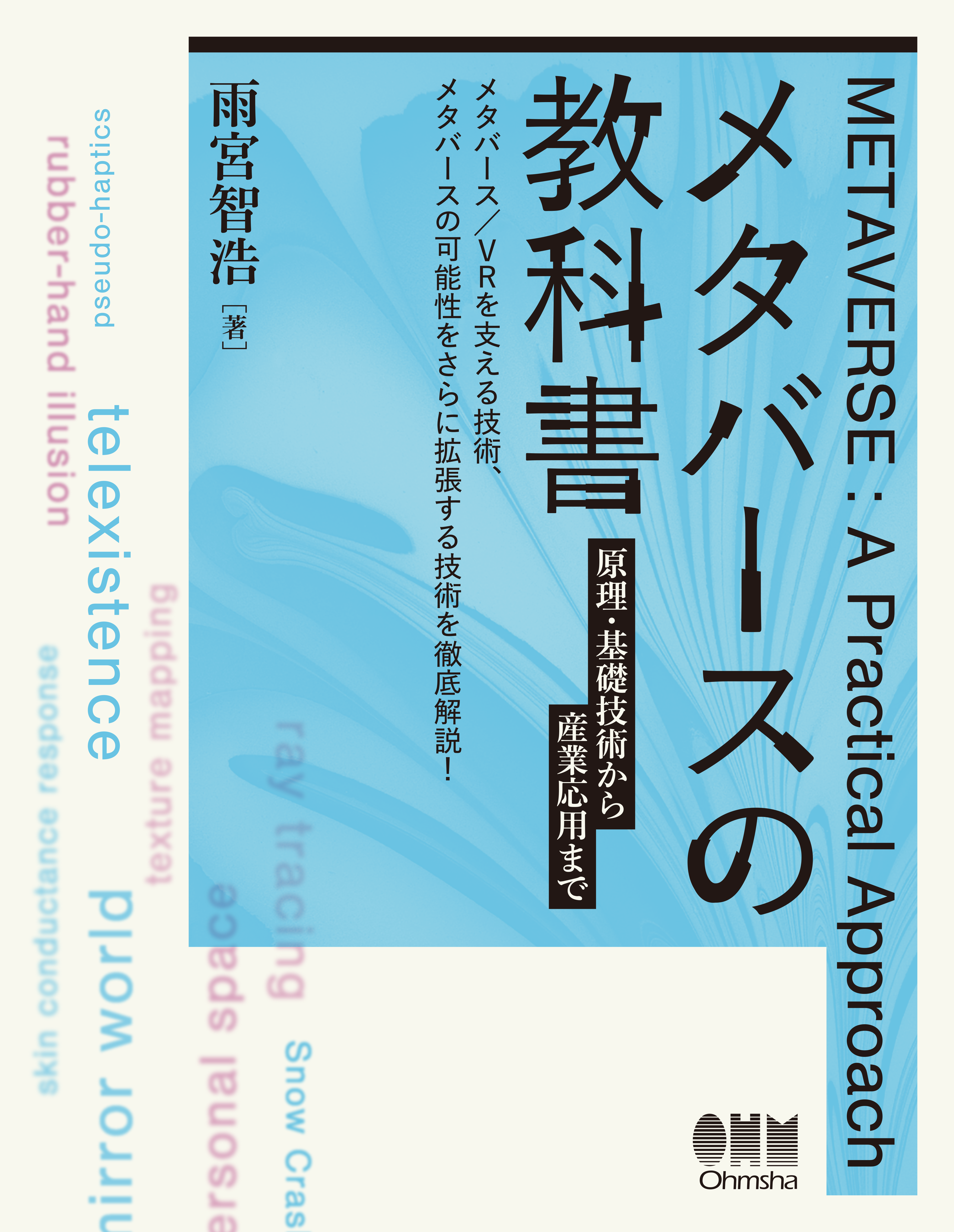
Title
Virtual Reality Gaku (Virtual Reality Studies)
Size
408 pages, A5 format
Language
Japanese
Released
January 25, 2011
ISBN
978-4-904490-05-1
Published by
CORONA Publishing Co., Ltd.
Book Info
See Book Availability at Library
Japanese Page
This “textbook of virtual reality (VR)” was published to mark the fifteenth anniversary of the establishment of the Virtual Reality Society of Japan (hereafter, VRSJ). The contributors to the volume are researchers who play leading roles in the field of VR, including directors and councilors of the VRSJ. The VRSJ administers a qualification examination for VR engineers, and this volume is the designated textbook for the exam. In this sense, this is the most authoritative VR textbook in Japan available at present.
However, the book, originally published in 2011, deals with VR before the introduction of today’s second-generation VR. In this sense, some readers might find the volume disappointing, but the VRSJ is said to be working toward revising it. The volume stands in stark contrast to Extremely Easy Book on VR, which concisely communicates the latest content.
The current book is far more detailed in its content and more systematic, covering a wide range of disciplines. It was published when the VR technology reached its first phase of maturity and is highly recommended to students who want to take out time to deeply study VR. The definition of VR and its positioning in information technology, the discussion of which starts in Chapter 1, have not changed at all until now. Examples of big VR projects of that time are used in the discussions on its applications, such as social implications, which need to be read in contrast to the present developments.
The first book published on VR in Japan was The World of Virtual Reality (Kogyo Chosakai Publishing) by Katsura Hattori, who was at the time a newspaper journalist. It was published last year as The Principles of Virtual Reality (Shoei-sha) without much revision. Incidentally, the first technical book on VR was Hirose’s Virtual Reality (Sangyo Tosho), which was published a little later. These were the “first” textbooks written when the VR technology was about to take off, and I am confident that they have high historical significance.
If possible at all, I would like students to read all these textbooks and compare them. It is important to compare which parts have changed enormously and which parts have not, to understand the ever-changing VR technology more deeply. In the language of the affordance theory, it is a discovery of the “invariant” in the interactions with dynamic information.
(Written by HIROSE Michitaka, Professor, Graduate School of Information Science and Technology / 2020)



 Find a book
Find a book




